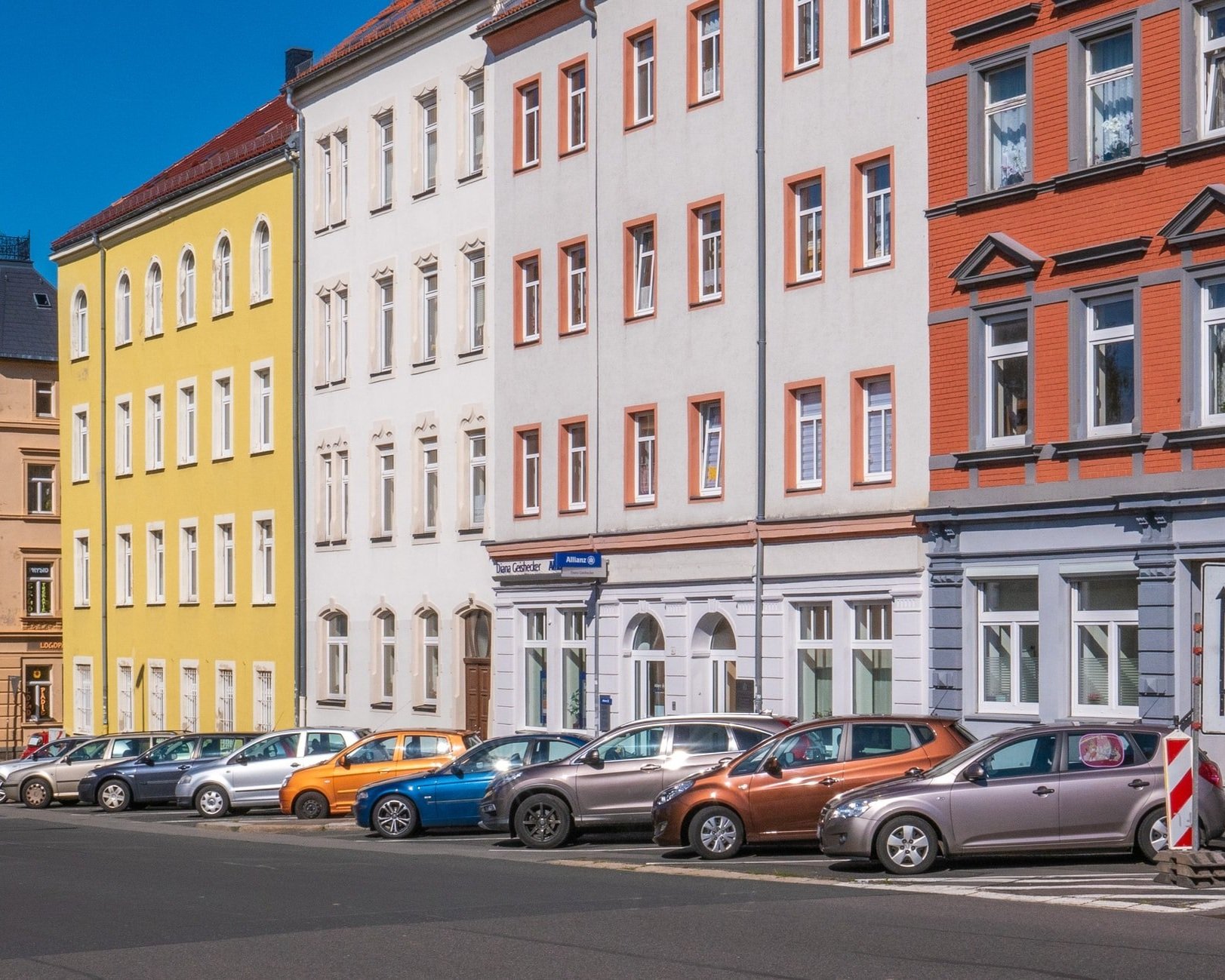The Impact of Optical Cables on Improving Mass Web Connectivity in Multi-Dwelling Buildings
The Impact of Optical Cables on Improving Mass Web Connectivity in Multi-Dwelling Buildings
Blog Article
Fiber optics have transformed the method we connect to the web, especially in multi-dwelling units such as condominiums and flats. These advanced technologies use slender strands of silica or polymer to send information as light signals. This approach allows for much faster web speeds and greater bandwidth compared to traditional copper cables. As an increasing number of people rely on the web for employment, education, and leisure, the demand for dependable and fast connectivity in multi-dwelling units has risen significantly. Fiber optics satisfy this demand by providing a consistent and efficient answer for residents.
One of the main advantages of fiber optics is their capability to facilitate fast web connections. In contrast to older methods, fiber optics can deliver high-speed connections, which means that users can download and send big data rapidly. This is especially crucial in MDUs where multiple tenants may be using the internet simultaneously. With fiber optics, the link remains robust and stable, even during peak usage times. This dependability is vital for activities such as video conferencing, online gaming, and broadcasting high-definition content, which demand a reliable internet connection.
Another significant benefit of fiber optics is their capacity for increased bandwidth. Bandwidth refers to the amount of data that can be sent over an online link at one time. Fiber optic cables can transmit a significantly larger amount of information than conventional web copper cables, enabling for additional connections to connect without decreasing the system. In a MDU, where numerous tenants may be using the internet at the same time, this increased bandwidth ensures that everyone can experience a quick and seamless internet experience. This is especially advantageous for households with several devices, such as mobile phones, iPads, and smart TVs.
The installation of fiber optics in multi-dwelling units also improves real estate value. Properties equipped with modern fiber optic infrastructure are often more attractive to prospective renters or buyers. As internet connectivity becomes a key consideration in selecting a place to live, properties with high-speed fiber optic internet can differentiate themselves in a crowded environment. Landlords and landlords who adopt fiber optics can not just enhance the living experience for their tenants but also boost their ROI by attracting more tenants and retaining them for longer periods.
In conclusion, the effect of fiber optics on enhancing bulk internet connectivity in multi-dwelling units is profound. By offering faster connections, higher bandwidth, and enhanced dependability, fiber optics meet the growing demands of residents in today’s digital age. As an increasing number of people rely on the web for various aspects of their lives, the importance of having a robust and efficient web access cannot be overstated. The adoption of fiber optics in MDUs not only helps tenants but also increases the overall value of the building, making it a wise decision for property owners and managers.